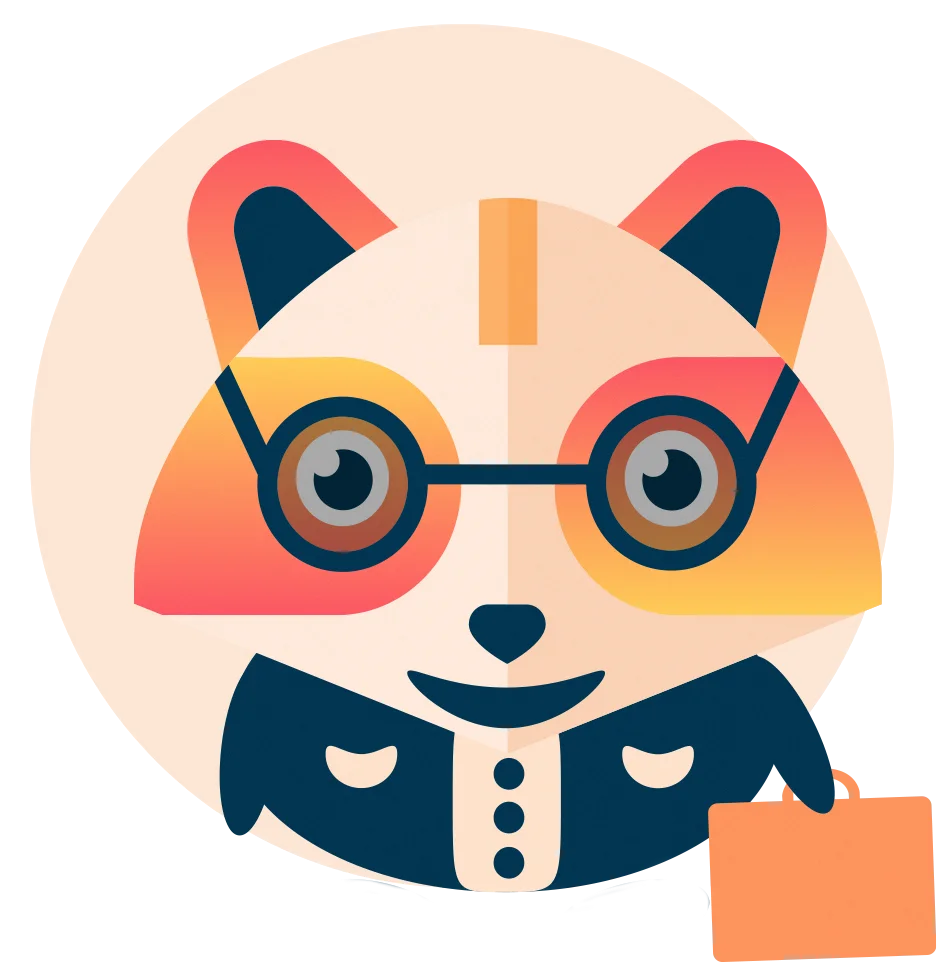Top 10 Agile Interview Questions and Answers [UPDATED 2025] – Master the Latest Trends!


Ace Your Agile Interview with Huru
Ready to land your next Agile role? Practice unlimited Agile interviews for free, get instant AI feedback, and gain the confidence to impress any hiring manager.
Start Practicing Now →
Why Agile Interview Questions Matter in 2025
The Agile landscape continues to evolve in 2025, with organizations expecting candidates who not only understand frameworks like Scrum, Kanban, and SAFe, but also demonstrate adaptability, value delivery, and real-world application. Interviewers increasingly seek practical examples, a grasp of hybrid Agile models, and an ability to thrive in remote or hybrid workplaces.
Mastering the latest Agile interview questions—and knowing how to answer them with confidence—is your ticket to standing out in a competitive job market.

The 2025 Agile Interview Playbook: Top 10 Questions & Answers
Below are the ten most frequently asked Agile interview questions in 2025, with detailed, actionable answers and expert commentary. Use these to craft responses that showcase your experience, problem-solving skills, and Agile mindset.
- What is Agile, and how does it differ from traditional project management methodologies?
Agile is an iterative, value-driven approach emphasizing collaboration, flexibility, and rapid delivery. Unlike Waterfall or other traditional models, Agile welcomes change, encourages stakeholder involvement, and delivers working increments frequently. Your answer should be practical—use real-life scenarios where Agile outperformed traditional methods. - What are the main Agile frameworks other than Scrum?
Besides Scrum, common Agile frameworks include Kanban (visualizing workflow and limiting WIP), Extreme Programming (XP) (focus on engineering practices), Feature Driven Development (FDD), and SAFe (Scaled Agile Framework for enterprises). Demonstrate knowledge by mentioning when/why each is used. - Explain the Planning Poker technique. Why is it effective for estimation?
Planning Poker uses consensus-based estimation, where team members independently select effort values (usually Fibonacci sequence) for user stories. It encourages participation, reduces bias, and results in more reliable estimates. - Describe the Sprint Planning Meeting. What are its key outcomes?
Sprint Planning aligns the team on what will be delivered in the upcoming sprint and how it will be accomplished. Key outcomes include a sprint goal, selected backlog items, and a clear implementation plan. Highlight the importance of collaboration and clarity. - What is the Sprint Review Meeting, and how does it drive product improvement?
Sprint Review is a session where the team demonstrates completed work to stakeholders, gathers feedback, and adapts the backlog. Emphasize openness to feedback and iterative product enhancement. - Explain the Sprint Retrospective. Why is it vital for Agile teams?
Retrospectives let teams reflect on the sprint, discuss what went well, identify areas for improvement, and commit to actionable changes. This continuous improvement cycle is core to Agile culture. Share an example of process improvement from your experience. - How does Agile testing differ from traditional testing?
Agile testing is continuous, collaborative, and often automated. Testers participate from day one, ensuring quality is built in—not just tested at the end. Compare this to traditional testing’s late-stage, waterfall approach. - What are story points in Scrum, and why not estimate in hours?
Story points measure complexity, risk, and effort, not just time. This helps teams focus on delivering value rather than granular time-tracking. It also normalizes differences in individual speed and expertise. - What are the most important Agile metrics, and how do you use them?
Key Agile metrics include Velocity (measuring output per sprint), Cumulative Flow Diagram (visualizing workflow), Lead Time & Cycle Time, and Defect Rates. Use metrics to inform, not micro-manage, and always link them to customer value. - How do you handle missed sprint goals?
The best teams treat missed goals as learning opportunities: analyze causes, adapt processes, and communicate openly. Share a specific story where you reflected and improved after missing a goal.
💡 Key Takeaway
Don’t just memorize textbook answers. Interviewers in 2025 want to hear about your real experiences, how you’ve learned from setbacks, and your ability to adapt Agile principles in unique scenarios—including remote and cross-functional teams.
2025 Agile Interview Trends & Hot Topics 🌟
- Value Delivery Over Process: Expect questions about how Agile drives customer value—not just about ceremonies or artifacts.
- Hybrid & Scaled Frameworks: Companies love candidates familiar with scaling Agile (SAFe, LeSS) and integrating multiple frameworks.
- Remote Collaboration: Demonstrate how you’ve adapted Agile rituals for distributed or hybrid teams.
- Real-World Impact: Share stories where Agile practices led to measurable business or product outcomes.
- Psychological Safety: Be ready to discuss fostering trust and open feedback in Agile teams.
💡 Key Takeaway
Update your stories: Interviewers want to hear recent examples that reflect today’s Agile realities—hybrid work, scaled frameworks, and value-first mindsets.
Sample Agile Interview Answers: Format & Tips
Structure your answers using the STAR method (Situation, Task, Action, Result):
- Situation: Briefly set the context.
- Task: What was your responsibility?
- Action: What did you do to solve the problem?
- Result: What changed, and what did you learn?
Example Question: “Tell me about a time you dealt with resistance to Agile adoption.”
Example STAR Answer: “In my previous company, some senior engineers were skeptical about daily standups. As Scrum Master, I facilitated open discussions, shared data on improved sprint velocity, and piloted standups with volunteers. Participation grew, and sprint predictability improved by 30%. I learned that listening and incremental change drive successful Agile adoption.”
Q&A: Agile Interview Essentials
- Q: Are certifications like CSM or PMI-ACP important in 2025?
- They’re helpful, especially for larger companies, but not a substitute for hands-on experience. Be prepared to discuss both your certifications and your project outcomes.
- Q: How should I talk about failed Agile projects?
- Don’t hide failures—analyze what went wrong, what you learned, and how you adapted. Agile is about continuous improvement!
- Q: How do I show I’m up-to-date?
- Mention recent learning (courses, books, meetups) and how you’ve applied new Agile practices or tools. Huru.ai offers AI-driven mock Agile interviews to practice the latest questions and get feedback instantly.
Watch: Agile Interview Questions & Answers Explained
How to Practice & Get Feedback on Your Agile Interview Skills
Want to know how you sound in real interviews? Use Huru.ai to record and answer Agile questions, just like a real interview. You’ll receive instant, actionable AI feedback on your answers, delivery, and communication skills.
Huru’s Key Features for Agile Interview Prep:
- Unlimited mock Agile interviews
- Real-time, detailed feedback
- Performance analytics to track improvement
- Insights on communication, structure, and clarity
- Practices across Scrum, Kanban, SAFe, and hybrid frameworks
💡 Pro Tip
After practicing, review your feedback on Huru.ai and revisit tough questions. Use AI insights to close your gaps and turn weaknesses into strengths!
Deepen Your Agile Mastery: Next Steps & Resources
- Read: Giving And Getting Better Talking About Feedback In Your Interview
- Learn: Real Time Feedback Real Results The Impact Of Ai On Interview Performance
- Inspire: From Nervous To Nailed It How Ai Feedback Transformed My Interview Skills
- Reflect: Embracing Feedback How To Discuss Constructive Criticism Positively
- Overcome: No More Sweaty Palms Overcoming Interview Anxiety With Ai
Explore the full Huru.ai blog for more career advice and interview mastery tips.
💬 Need More Help?
Drop your Agile interview questions in the comments, or practice live with Huru’s AI-driven mock interviews.
Try Huru.ai for free →
About the Author
Elias Oconnor is a seasoned content writer at Huru.ai, passionate about empowering job seekers to unlock their potential. With expertise in AI-driven career technology and a focus on actionable insights, Elias aims to help candidates transform interview anxiety into unshakeable confidence through practical advice and innovative tools.


 Oct 13,2022
Oct 13,2022  By Elias Oconnor
By Elias Oconnor